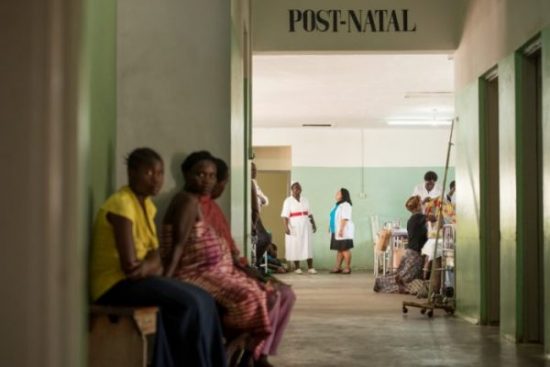Strengthening the Health Workforce to Achieve the SDGs
By Daisy Winner, Seed Global Health

Established in 2015, the Sustainable Development Goals (SDGs) were adopted by all member countries of the United Nations focused on ending poverty, protecting the planet, and ensuring prosperity for all as part of a new sustainable development agenda. Each goal has specific targets to be achieved over the next 15 years.
SDG 3 seeks to ensure health and well-being for all, at every stage of life. Immense strides have been made in improving health around the world. Since 1990, there has been an over 50% decline in preventable child deaths globally. Maternal mortality also fell by 45% worldwide. New HIV/AIDS infections fell by 30% between 2000 and 2013, and over 6.2 million lives were saved from malaria.
Despite this progress, there is still a long way to go. To avoid preventable deaths, reduce maternal mortality, decrease HIV/AIDS prevalence, and achieve SDG 3 a robust, qualified, and motivated health workforce is essential. The health workforce plays a critical role in the resilience of health systems to respond to crisis and overcome health challenges.
However, the shortage of health workers is growing and is projected to more than 18 million by 2030. The World Health Organization estimates that the 4.45 health workers per 1000 people are needed to achieve universal health coverage.
Last week, thousands gathered in New York City for the United Nations General Assembly. Bringing together diplomats, political leaders, NGOs, academics, students, and other stakeholders, the week motivated discussion on what needs to be done to achieve the goals by 2030 in parallel with the UN General Assembly.
But we need more than discussion – we need action. In the months and years ahead, it’s essential for policy makers and civil society to prioritize strengthening the health workforce if we are to reach the goals set for 2030. A health system is only as strong as its frontline health workforce. As leaders conclude their time in New York and return to our home cities, countries, organizations, and institutions, we must all continue our investment in and advocacy for the health workers that are saving lives around the world.
